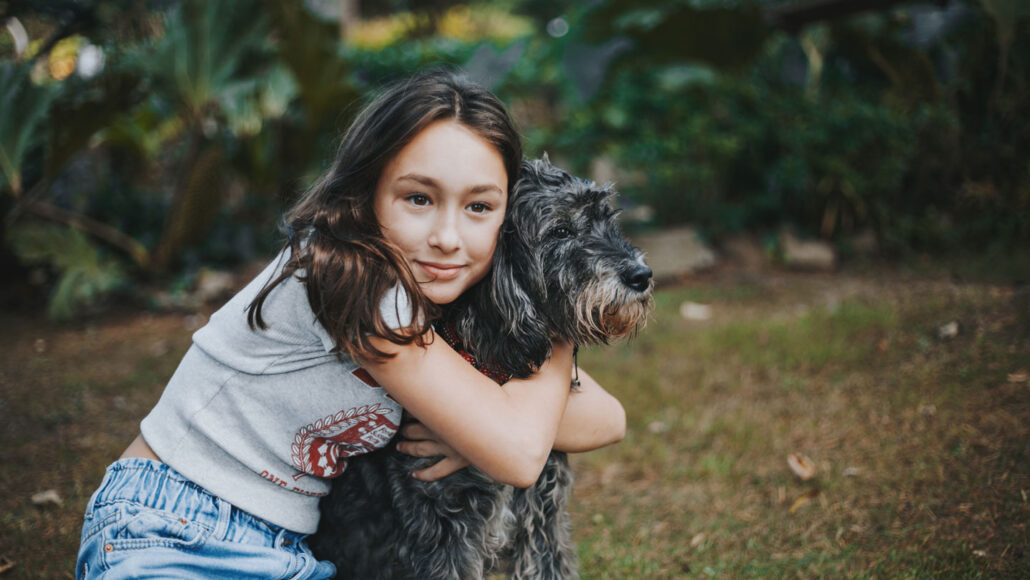Questions for ‘Pets and other animals can boost health and well-being’

Dogs and other kinds of pets can provide us with a variety of benefits.
Carol Yepes / Moment / Getty Images Plus

Dogs and other kinds of pets can provide us with a variety of benefits.
Carol Yepes / Moment / Getty Images Plus